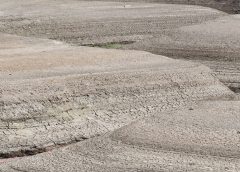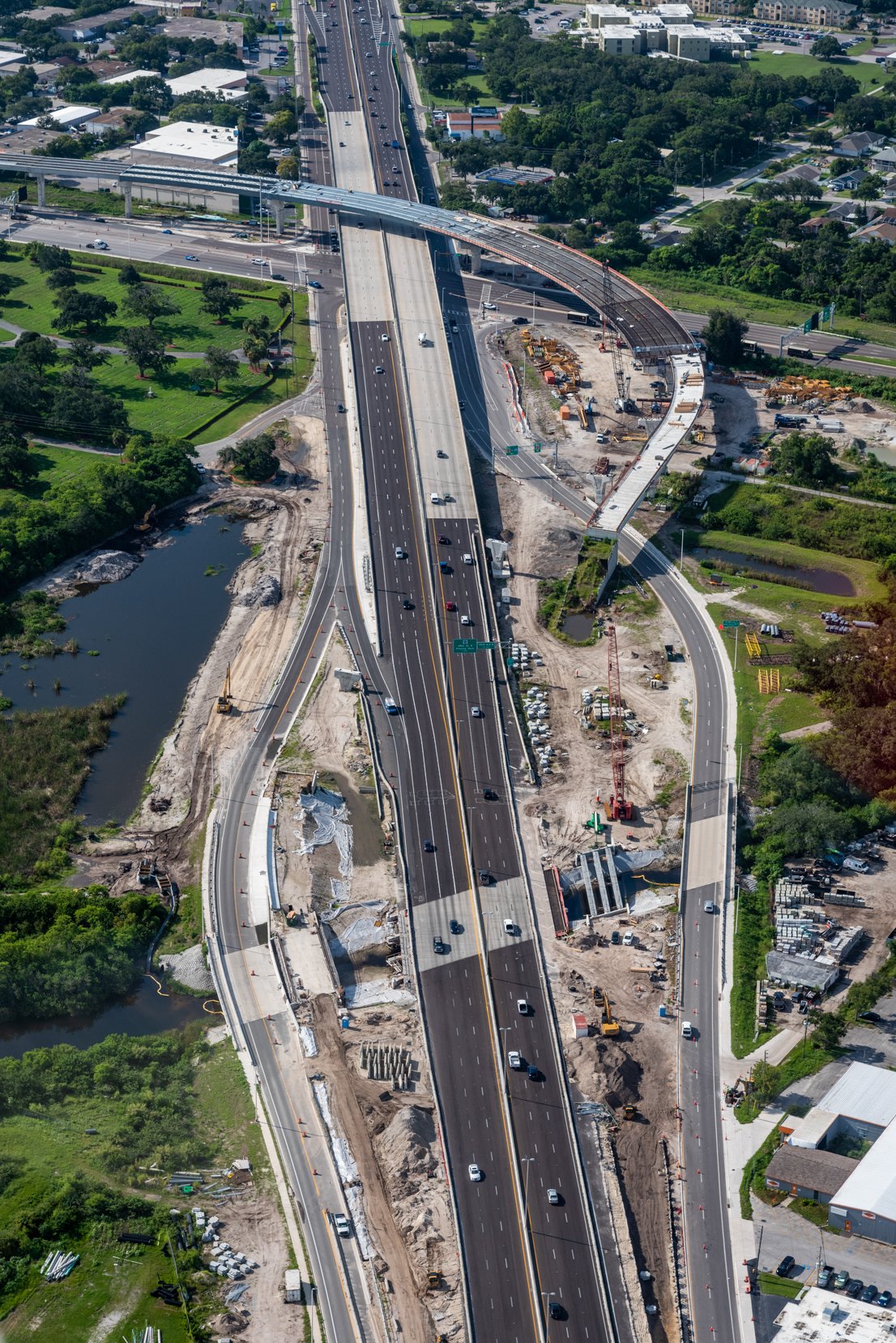
How Long Droughts Make Flooding Worse
[ad_1]
On Wednesday, August 17, Hannah Cloke—a hydrologist at the University of Reading—was sitting in her home office when the rain started coming down. It was a welcome sight. Much of southern England had been baked bone dry during successive heat waves and the worst period of drought in almost 50 years—satellite images showed the country’s green and pleasant land turned a sickly yellow.
But as she watched with her expert eye, Cloke noticed things that others might not: how the water was pooling on the lawn rather than soaking into the ground, how the areas with the best drainage were under a tree in her garden. The prolonged period of drought had changed the nature of the soil, hampering its ability to absorb water.
It’s a pattern that’s repeated itself across much of Europe recently, as long-awaited rains have sparked flash floods. “Soil starts to act like concrete or tarmac,” says Cloke. “When we get any rainfall on it at all it just runs straight off—it’s classic soil physics.”
Soil is, counterintuitively, at its most absorbent when it’s a little bit damp. “When it’s really dry and when it’s really wet it’s actually difficult to get water into the soil,” Cloke says. A little bit of water changes its porosity—creating holes and pathways that allow more water to be absorbed. That’s partly because of surface tension—the way water molecules stick together to form droplets, which may then be too big to filter through the gaps in the dried-out soil. In slightly damper soil, the moisture breaks the surface tension of those same droplets, allowing them to combine with what water is already in the soil and more easily find a path to flow down.
Plus, in dry earth the gaps between the soil particles are full of air, which has no way of escaping—blocking the water from moving down into the earth. Soil particles themselves can also become hydrophobic, meaning that they repel water, as microbes close to the surface release waxy substances when they die off from heat or lack of water. To make matters worse, extremely dry ground can also form an impermeable crust—a phenomenon that can be worsened if it’s then compacted by footfall or farming equipment. It’s the combination of these factors that makes extremely dry soil so bad at soaking up rainfall.
“Soil moisture is very low because 2022 has been very dry—driest January to July since 1976,” says Simon Parry, a hydrologist at the UK Centre for Ecology and Hydrology. “In addition, the protracted very hot conditions throughout summer—including two heat waves—have acted to bake the ground surface. This means that the surface turns into an almost impermeable barrier, which further limits the amount of rainfall the ground can absorb.”
Cloke’s University of Reading colleague Rob Thompson provided a compelling illustration of this in a viral tweet. He upturned three glasses of water on three areas of ground where the grass had been watered to different levels: wet grass, the grass of a normal summer, and the dry grass from during a heat wave. The first two glasses slowly drained their contents into the soil, but the third glass remained almost full until the end of the video.
[ad_2]
Source link


